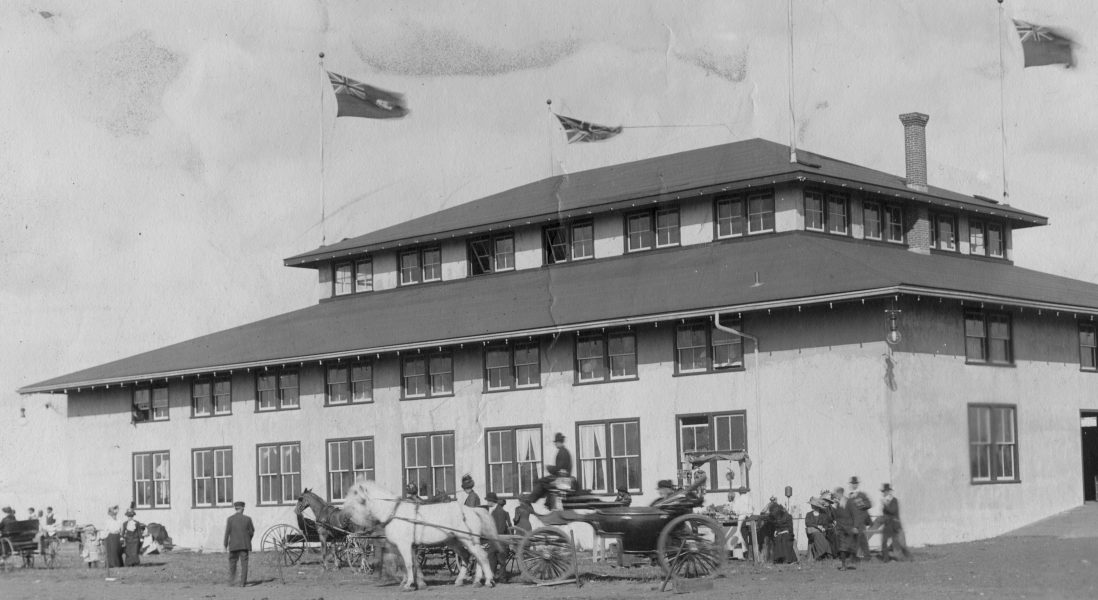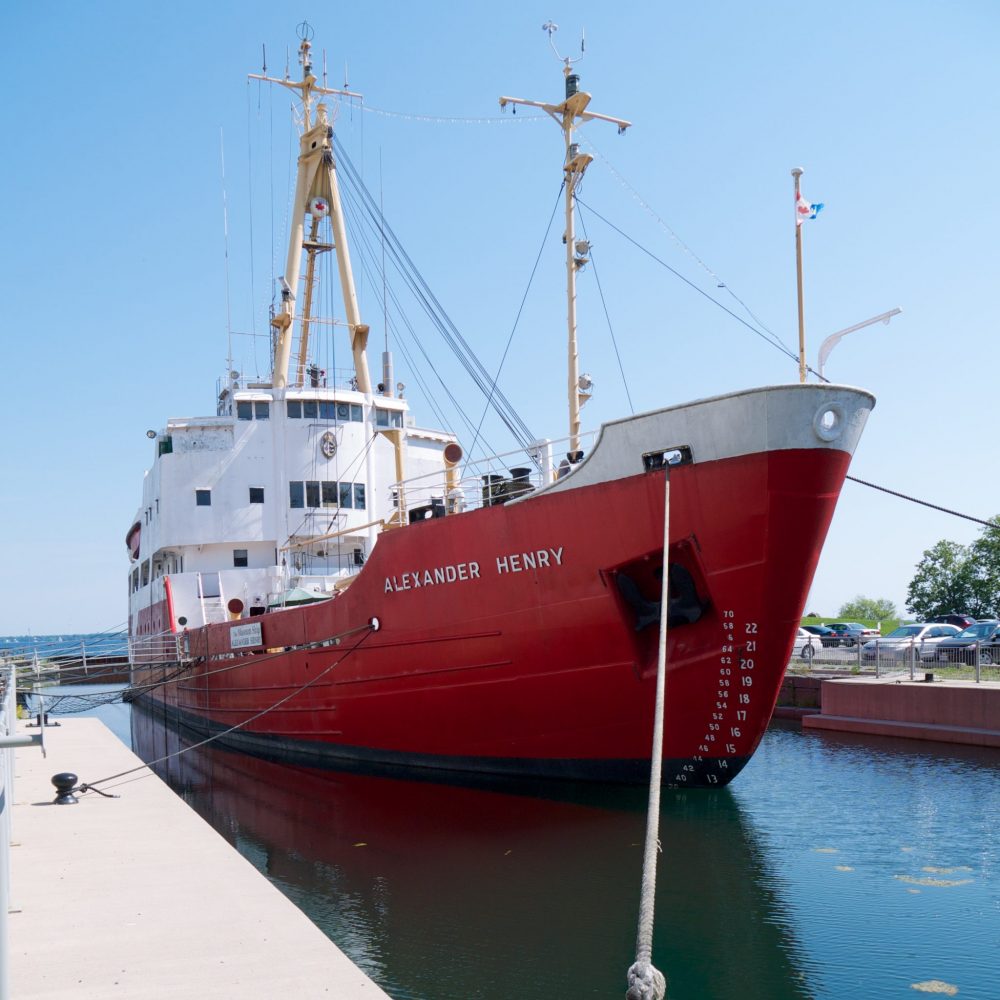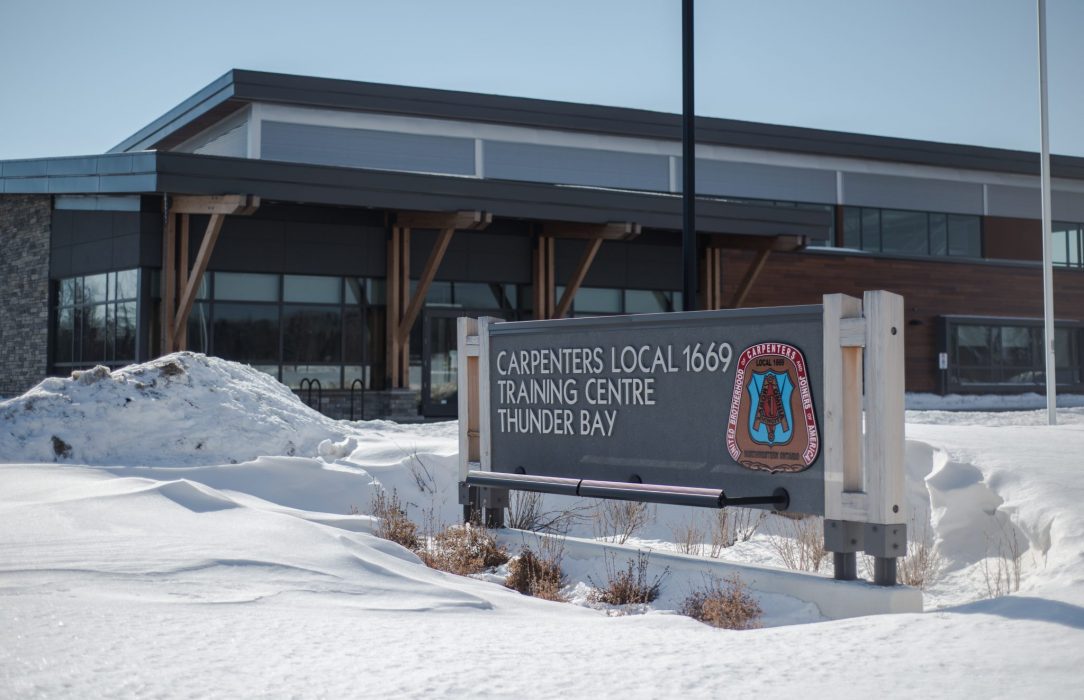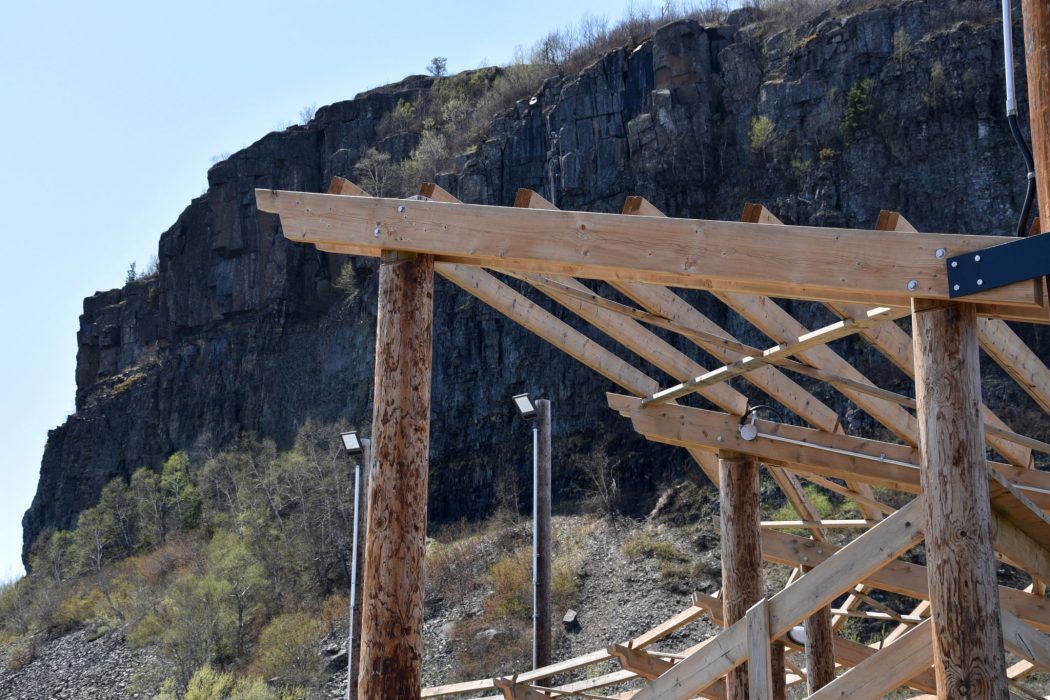By Laurie Abthorpe
In 1890, a meeting of local businessmen was held to discuss the organization of a district fair. The intent behind the fair was to bring together rural and urban residents to celebrate and gain knowledge in the areas of agriculture, livestock, horticulture, as well as arts and crafts. It was also a venue to promote local businesses and industry. From this initial meeting the West Algoma Agricultural Association was formed, later to be named the Canadian Lakehead Exhibition.
Early picnics, contests, and games took place but the first “big” fair, the New Ontario Exhibition, happened in the fall of 1903. After alternating between locations in Fort William and Port Arthur, a permanent home for the fair became a reality in 1908. Land bordering the two cities at the corner of Fort William Road and Northern Avenue was purchased by Fort William and Port Arthur for use by an Agricultural Society. Permanent facilities required to host annual fairs were built in 1912 through grants from both cities along with the Province of Ontario. One of these structures was the Home Arts Building, now called the Dove Building.
Most likely in typical barn raising fashion, members of the agricultural society along with local farmers came together to construct this two storey, 19,200 sq ft building. The timber-framed structure is said to be sitting upon solid four foot thick cedar beams; its construction was substantial enough to successfully survive a move from its original location at the southeast corner of the fairgrounds. Using timber logs, horses, trucks, and great skill, the building was moved to its current location along May Street in 1935.
The Home Arts Building, during the exhibition, housed displays featuring a large variety of traditional home crafts, including quilting, baking, and horticulture. The building also hosted many demonstrations on topics such as flower arranging, gardening, sewing, cooking, photography, and much more. These displays and special events took a lot of time and effort to organize. The 1945 CLE gained a new volunteer in the ladies division and for many years afterwards Dorothy Dove provided dedicated service to the ladies’ executive to the CLE. In recognition of her many years of devotion, the Home Arts Building was named the Dorothy E. Dove Building in 1982.
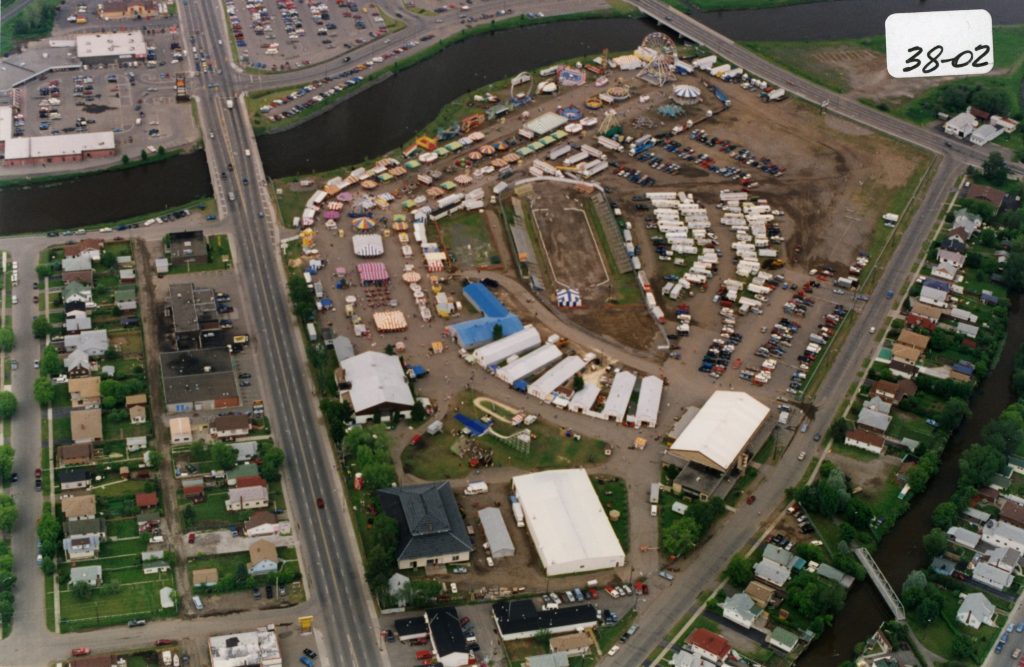
Aerial photo of the CLE grounds, circa 1993
The silhouette of the building we see today still features its hip roof with clerestory—windowed walls extending up from the roofline, allowing light and air into the building. The true charm of the original building is actually found in its interior. On the main level you will see the timber posts and remnants of the sliding barn style doors and their rails at both entrances, though more evident at the rear entrance. The upper floor displays even more of the building’s early character. The original dance floor is still found in the centre of the room. At one time it was fenced off, requiring payment per song for those couples wishing to join in the waltzes, and country and square dancing with local musicians playing on stage. Remains of two huge fireplaces, one on each floor, can also be found at the south end of the building—look up and you will see the old chimney they shared. The most stunning attribute of the second floor however is the beautiful open center ceiling with its post and beam construction.
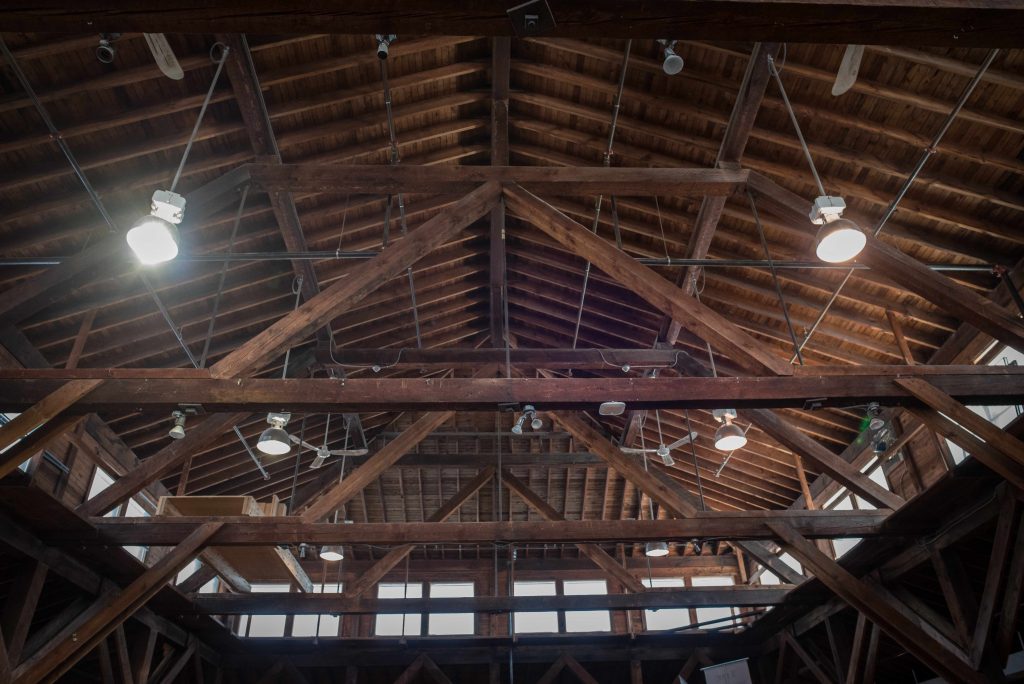
The second floor of the Dove Building, photo by Patrick Chondon
The Dove Building’s history of handcrafts, art, food, and horticulture make it a very fitting venue for the Thunder Bay Country Market. The market became a tenant in 2003, beginning with the main floor only and expanding to encompass the second floor in 2011. Though open year round, the market does relocate for two weeks each summer. This allows the Dove Building to continue its original purpose of hosting homecraft, culinary arts and horticulture completions, displays, special events, and demonstrations during the CLE.
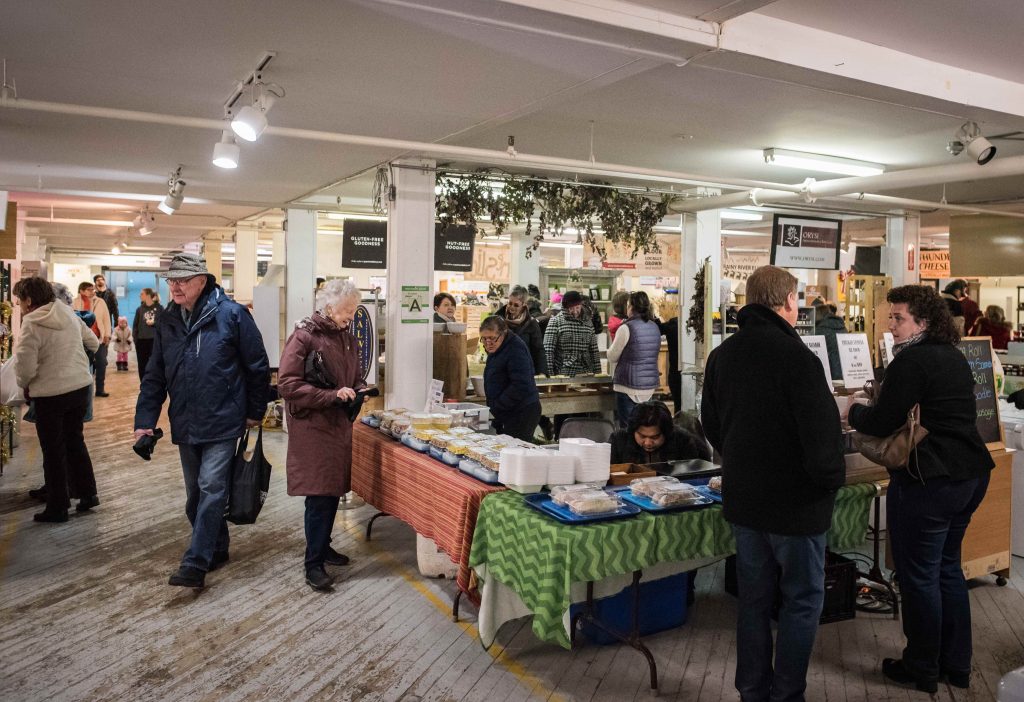
The bustling scene at the Thunder Bay Country Markey, photo by Patrick Chondon
A special thank you to Mrs. Marian Benka—honorary director at the CLE, who began as volunteer in 1974—for sharing her knowledge of the Dorothy E. Dove Building.
Laurie Abthorpe is the heritage researcher for the Heritage Advisory Committee, which advises city council on the conservation of heritage buildings, sites, and resources, and their integration into development. For more information on the city’s heritage resources, visit thunderbay.ca/living/culture_and_heritage.


